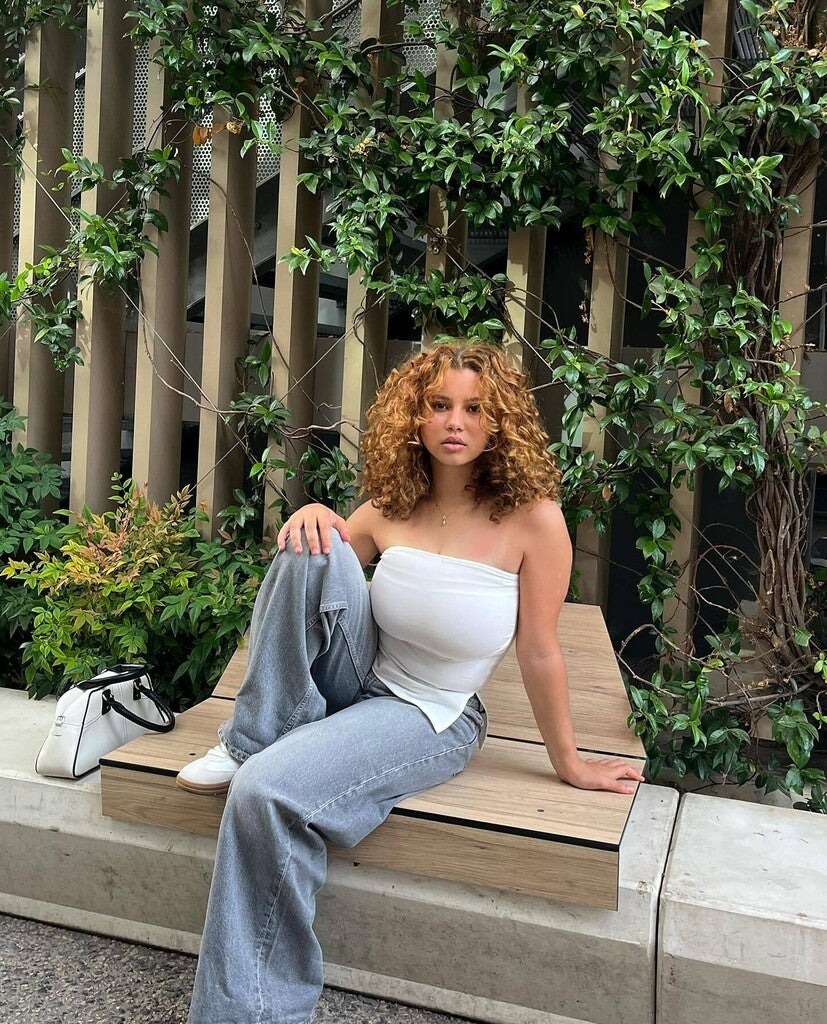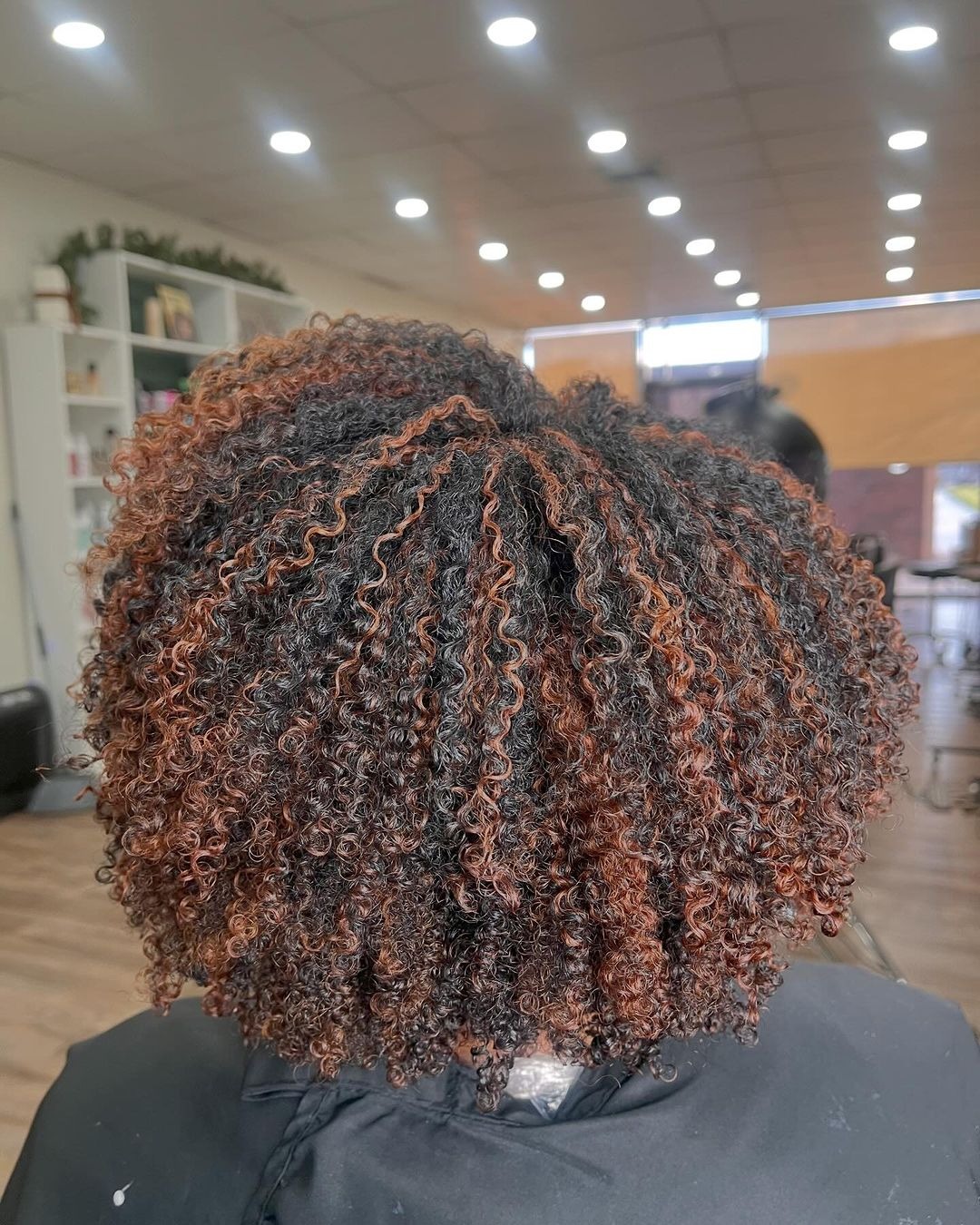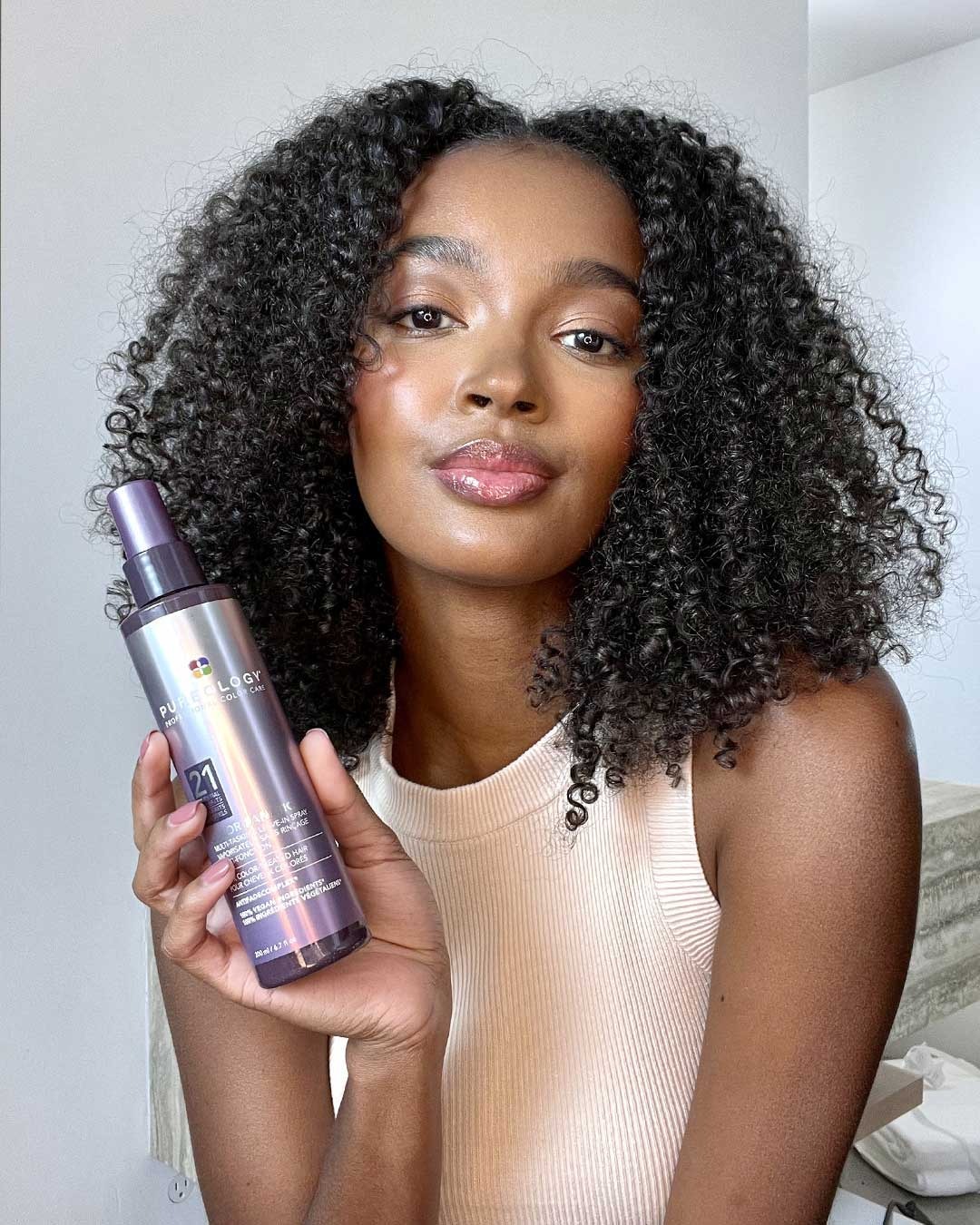Hairstyles
How to Take Care of Textured Hair
Caring for textured hair can be a beautiful journey when you understand the specific needs and characteristics of your natural waves, curls, or coils. Textured hair, due to its shape and structure, often requires different handling than straight hair to maintain its health and vibrancy. This guide delves into the essentials of managing textured hair, offering a detailed approach to nurturing every strand from the roots to the tips.
Understanding Textured Hair

Textured hair encompasses a wide range of hair types, each with its unique pattern and care needs. Unlike straight hair, which grows outwards from a round follicle, textured hair sprouts from oval or irregularly shaped follicles. This shape causes the hair to grow at an angle, producing patterns that vary from waves to tight coils. The curve of the hair shaft also means that oils from the scalp don’t travel smoothly down the hair length, making textured hair more prone to dryness and breakage.
Detailed Hair Typing

To effectively care for textured hair, first understand the classification of textured types:
- Type 2 (Wavy): Ranges from 2A to 2C, with 2A being almost straight and 2C being more defined and bordering on curly. These waves can appear light and tousled, and they tend to respond well to lightweight styling products that enhance the natural wave without weighing it down.
- Type 3 (Curly): This type includes 3A to 3C, with 3A curls being loose and large, 3B being more defined and medium-sized, and 3C being tight corkscrews. Curly hair often requires products that define and boost moisture to maintain its shape and health.
- Type 4 (Coily): The tightest of curls, ranging from 4A to 4C, with 4A showing soft, fine coils, 4B appearing more wiry and densely packed, and 4C exhibiting very tight kinks with less visible curl definition. Coily hair benefits from heavy creams, butters, and oils that provide maximum hydration and protection.
Read more: What are the 12 Hair Types and How to Style Them
Hydration: The Key to Textured Hair Care

Maintaining moisture is crucial for all types of textured hair. Here’s how to ensure your hair stays hydrated and healthy:
- Moisturizing Daily: Depending on your hair type, incorporate daily use of leave-in conditioners or moisturizers that suit your hair’s thickness and curl pattern. Water-based products are excellent for penetrating the hair shaft, while creams and butters can be used to seal in moisture.
- Deep Conditioning: Regular deep conditioning treatments are essential, especially after cleansing. These treatments help replenish moisture and nutrients, repair damage, and improve the overall elasticity and health of the hair. For best results, use a deep conditioner with ingredients like keratin, shea butter, or coconut oil and leave it on the hair for at least 30 minutes under a heat cap or steamer.
- Layering Products: To effectively moisturize textured hair, apply products in the correct order. Start with a water-based spray or leave-in conditioner, follow with a cream to add body and moisture, and seal everything with an oil or butter. This technique, known as the LOC (liquid, oil, cream) or LCO (liquid, cream, oil) method, ensures that moisture is locked into the hair shaft.
Cleansing Without Stripping Natural Oils
Textured hair should be cleansed gently to prevent stripping of natural oils, which are crucial for maintaining hair health:
- Choosing the Right Shampoo: Opt for sulfate-free shampoos that clean without removing too much natural oil. Shampoos with gentle lathering agents and moisturizing ingredients help maintain the hair’s natural balance.
- Co-Washing: For in-between wash days, consider conditioner washing (co-washing), which cleanses the scalp and hair with a conditioning product. This method is particularly beneficial for curlier hair types, as it removes build-up while adding moisture.
- Scalp Care: Use a scalp brush or your fingertips to gently massage the scalp while washing. This not only helps in evenly distributing the shampoo but also stimulates blood flow, promoting healthier hair growth.
Styling Without Damage
Styling textured hair requires techniques that minimize damage and breakage:
- Avoid Heat: Frequent use of high heat can lead to moisture loss and damage. Embrace air drying or use heat-styling tools at the lowest possible temperature. Always apply a heat protectant before using any heat.
- Protective Styles: Styles like braids, twists, and updos protect hair from environmental stressors and reduce daily manipulation that can lead to breakage. These styles also help retain length as they keep the ends of the hair tucked away.
- Regular Trims: Trimming hair regularly every 8-12 weeks helps prevent split ends from traveling up the hair shaft, which can cause further breakage and damage. A healthy trim schedule keeps hair looking fresh and growth unhindered.
Long-term Maintenance and Care
Adopting a holistic approach to caring for textured hair not only involves routine maintenance but also addressing lifestyle factors:
- Diet and Hydration: Eating a balanced diet rich in vitamins, minerals, and antioxidants supports hair growth and strength. Hydration—drinking plenty of water—plays a crucial role in keeping both hair and body hydrated, promoting a healthy scalp and hair.
- Gentle Handling: Always handle your hair gently, especially when wet. Use a wide-tooth comb or detangle with your fingers, starting from the ends and working your way up to the roots to minimize breakage.
- Sleeping on Satin: Use a satin pillowcase or a satin bonnet when sleeping. This reduces friction, which can cause breakage and frizz, helping your hairstyles last longer and keeping your hair healthier.
By understanding and implementing these detailed practices, you can effectively nurture and enjoy the natural beauty of your textured hair. Whether your curls are loose and wavy or tight and coily, the right care and attention will allow you to proudly showcase your natural hair and enjoy excellent health and stunning styles.

